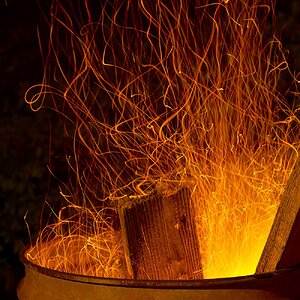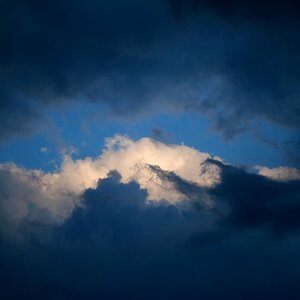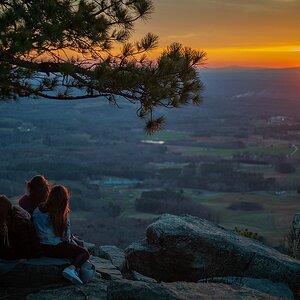Navigation
Install the app
How to install the app on iOS
Follow along with the video below to see how to install our site as a web app on your home screen.

Note: This feature currently requires accessing the site using the built-in Safari browser.
More options
You are using an out of date browser. It may not display this or other websites correctly.
You should upgrade or use an alternative browser.
You should upgrade or use an alternative browser.
Wide-Angle Lenses
- Thread starter scrutiny1
- Start date
Chase
I am now benign!
- Joined
- Mar 9, 2003
- Messages
- 7,808
- Reaction score
- 51
- Location
- Deep in the heart of Texas!
- Website
- www.thephotoforum.com
- Can others edit my Photos
- Photos OK to edit
I picked up a Sigma 17-30mm 2.4-4 used from KEH and am really happy with it. For the price, I think it is a great option.
fmw
No longer a newbie, moving up!
No, the cheaper the worse. There aren't many options for true wide angles. look at the Tokina 12-24 or the Sigma 10-20. They are in the $500-$600 range and that is about as cheap as it gets.
ball
TPF Noob!
Would a prime be more expensive than the zooms mentioned?
D-50
TPF Noob!
- Joined
- Feb 15, 2006
- Messages
- 1,043
- Reaction score
- 0
- Location
- New England
- Can others edit my Photos
- Photos NOT OK to edit
17 is not nearly wide enough i use sigmas 10-20 and love it real sharp and produces great blue skies. it goes for around 500 but is worth it.
fmw
No longer a newbie, moving up!
Would a prime be more expensive than the zooms mentioned?
Nobody knows. There aren't any single focal length wide angles for digital sensors. Nobody has made one yet.
fmw
No longer a newbie, moving up!
Well I know I sound like a noob but could someone please explain to me how the mm stuff works with lenses.
The mm stuff is the measure of the focal length of the lens. I won't get into a scientific treatise with you. But the smaller the number the wider the perspective and the larger the number the narrower. If normal lenses reproduce a perspective similar to what the eye sees, then wide angles provide a perspective that tends to draw closer objects closer and push distant objects even further away while having a wide angle of view. As the focal length decreases (mm get smaller) this perspective becomes more and more pronounced.
Perhaps this will help you visualize it. These two shots were made at Death Valley National Park in California within 20 miles of one another. The first one was made with a 24mm wide angle lens on a 35mm camera. Notice how the vista is spread out. You can see some plants near where I was standing and you can see some mountains that are about 50 miles away ahead and other mountains that are 10 miles away to the left.

The second shot was made with a long 500mm telephoto lens on the same 35mm camera. The mountains you see as a background are the same ones you see in the first shot at the upper right of the frame. But they are looming and appear close even though they are about 25-30 miles away. This perspective is called foreshortening.

Long lenses with high mm stuff tend to compress perspective while the wide angle tends to spread it out. Hope this helps.
Mad_Gnome
TPF Noob!
- Joined
- Mar 14, 2005
- Messages
- 209
- Reaction score
- 0
- Location
- So. Maine
- Website
- photo-guy.deviantart.com
- Can others edit my Photos
- Photos OK to edit
That depends on what you're trying to shoot. If you're shooting a lot of architecture or landscapes, you'll probably want a very wide-angle lens. (Low mm) This will give your photos a much wider field of view. If you're shooting things much farther away, you'll want to get a long telephoto lens. (High mm) This will allow you to get clear shots of more distant objects without having to walk closer, but the field of view will be narrower, sort of like tunnel vision.
Alex_B
No longer a newbie, moving up!
- Joined
- Aug 30, 2006
- Messages
- 14,491
- Reaction score
- 206
- Location
- Europe 67.51°N
- Can others edit my Photos
- Photos NOT OK to edit
but the field of view will be narrower, sort of like tunnel vision.
with the tunnel length being the focal length
interesting analogy, technically not really correct, but not truly totally wrong either ...
so a short tunnel gives you a wide angle of view, and a longer tunnel a narrow angle of view ...
Nobody knows. There aren't any single focal length wide angles for digital sensors. Nobody has made one yet.
I'm just being picky, but where would you draw the line of what constitutes wide-angle here? You can get a 14mm prime lens from at least three companies, and one of them is designed specifically for digital. I know the equivalent of 21mm on the 35mm format isn't terribly wide, but surely it's still a wide angle?
Alex_B
No longer a newbie, moving up!
- Joined
- Aug 30, 2006
- Messages
- 14,491
- Reaction score
- 206
- Location
- Europe 67.51°N
- Can others edit my Photos
- Photos NOT OK to edit
for me, wide angle starts below 30mm focal length on 35mm film or full frame sensors
below 20mm on 35mm film or full frame sensors is ultrawide for me
to translate into crop sensors, just divide
but these might nor be the generally accepted definitions.
below 20mm on 35mm film or full frame sensors is ultrawide for me
to translate into crop sensors, just divide
but these might nor be the generally accepted definitions.
I'd tend to agree with you there. I consider 35mm (on 35mm) fairly normal. I liked 24mm a lot, never went wider than 19mm and didn't really feel the need to. So a 14mm being equivalent to 21mm on the 35mm format would be ideal for me. But I believe Fred is a fan of extreme wideness. And there are surely others who feel the same way. It seems surprising that really wide wide-angles are being neglected in this way. For example there's no 10mm lens (other than fisheyes) to equate to the 15mm primes you can get for 35mm film/sensors.
Similar threads
- Replies
- 20
- Views
- 2K
- Replies
- 14
- Views
- 784
- Replies
- 14
- Views
- 514

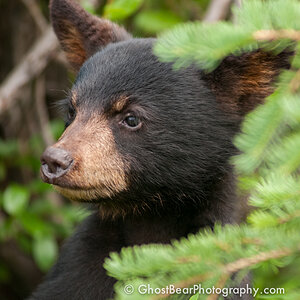
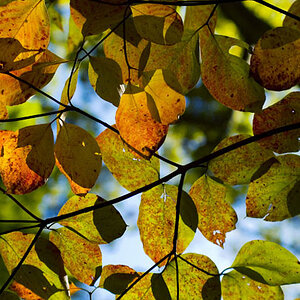
![[No title]](/data/xfmg/thumbnail/34/34146-9d096c80a1d288ea11e1f171a226bc3c.jpg?1619736319)
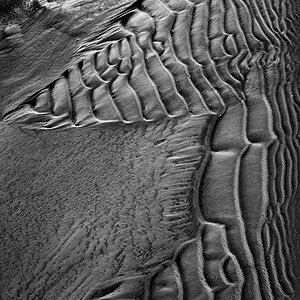
![[No title]](/data/xfmg/thumbnail/34/34145-b89ccc67a24004d6d7a9026a7395914b.jpg?1619736318)
![[No title]](/data/xfmg/thumbnail/30/30864-50861ef77d7fa163bd5f5b5b8d661f5a.jpg?1619734483)

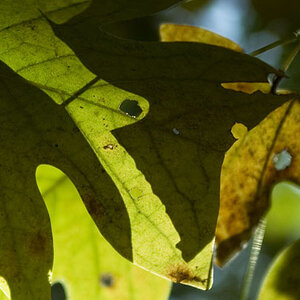
![[No title]](/data/xfmg/thumbnail/41/41898-2c70795ddfa6b397714acc28e3e5d36f.jpg?1619739936)
